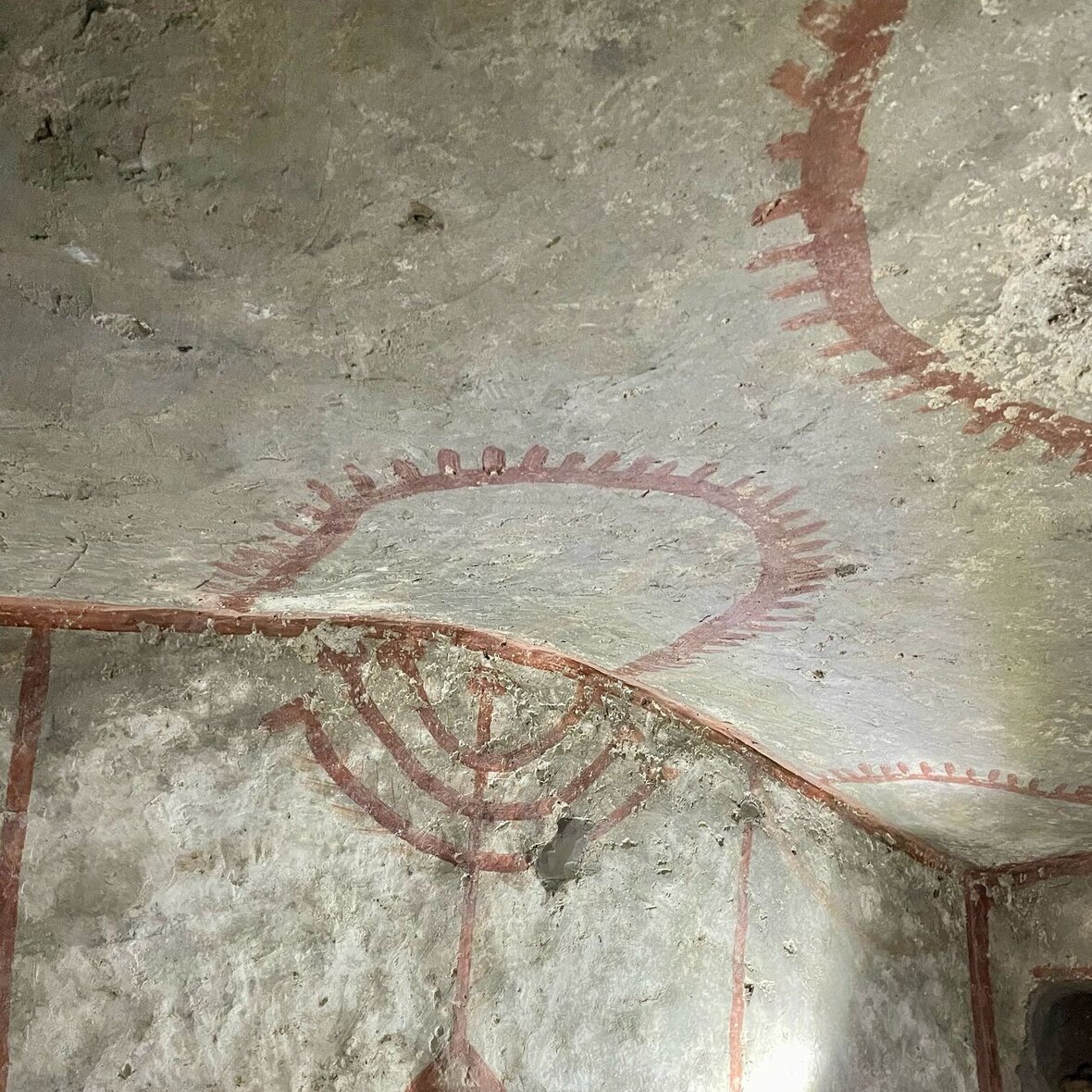IBLS & Seminar for Ancient History and Epigraphy
Teaching cooperation between the Ignatz Bubis Endowed Chair and the Department of Ancient History and Epigraphy for research into antiquity and Judaism
Antiquity is an integral part of the socio-political and historical development of European and global Judaism. The expansion of the Greek-Hellenistic empires and the Roman Empire brought them into direct contact with the oldest Abrahmitic religion, which was reflected in a variety of ways, ranging from a fruitful, transcultural exchange and harmonious coexistence to extreme violence caused by social, political and religious tensions, such as the destruction of the Second Temple during the Jewish War (66-73 CE).
However, it is precisely this conglomerate of violent excesses and cohabitation that serves as a central explanatory component in the development of Judaism in its current form. In particular, centuries of peaceful coexistence with other ancient societies led to fruitful acculturation and cooperation (as can be seen in the synagogue of Ostia Antica), which ultimately also contributed to the preservation of Judaism.
In order to explain these historical dynamics and constants, a teaching cooperation between the Ignatz Bubis Endowed Chair and the Department of Ancient History and Epigraphy was established. To this end, at least one course is offered each semester that focuses on the history of Judaism with an emphasis on ancient history. Crediting will be possible for students of the University of Jewish Studies as well as for students of the Department of History and the Department of Ancient History and Epigraphy. We are looking forward to your interest!
Current course offerings in the winter semester 2023/24:
German Antikenbilder des langen 19. Jahrhunderts (Dr. Jonas Osnabrügge/Lukas Stadler, M.A., M.A.; via the Department of Ancient History and Epigraphy)
Jerusalem, Alexandria and Rome from Pompey to Hadrian (Prof. Dr. Johannes Heil/Christopher Decker, M.A.; via the University of Jewish Studies)
Conflict and acculturation: Roman legionaries present their spoils during the triumphal procession on the occasion of the Siege-Greek Jewish War; here, among other things, a menorah (Arch of Titus on the Forum Romanum, so-called "booty relief" on the south side, ca. 82 AD). Another example of peaceful transculturality: the Jewish synagogue in Ostia Antica, where Roman influences are unmistakable.
However, it is precisely this conglomerate of violent excesses and cohabitation that serves as a central explanatory component in the development of Judaism in its current form. In particular, centuries of peaceful coexistence with other ancient societies led to fruitful acculturation and cooperation (as can be seen in the synagogue of Ostia Antica), which ultimately contributed to the preservation of Judaism.
In order to explain these historical dynamics and constants, a teaching cooperation between the Ignatz Bubis Endowed Chair and the Department of Ancient History and Epigraphy was established. To this end, at least one course is offered each semester that focuses on the history of Judaism with an emphasis on ancient history. Crediting will be possible for students of the School of Jewish Studies as well as for students of the Department of History and the Department of Ancient History and Epigraphy. We are looking forward to your interest!
Current course offerings in the winter semester 2023/24:
German Antikenbilder des langen 19. Jahrhunderts (Dr. Jonas Osnabrügge/Lukas Stadler, M.A., M.A.; via the Department of Ancient History and Epigraphy)
Jerusalem, Alexandria and Rome from Pompey to Hadrian (Prof. Dr. Johannes Heil/Christopher Decker, M.A.; via the Hochschule für Jüdische Studien)
Excursion to Rome and Ostia
From March 10 to 17, 2025, an exciting excursion took place on the topic of (Trans-)Religious Diversity? - Forms of Jewish and Roman coexistence in antiquity using the example of Rome and Ostia. Students from Heidelberg University and the Heidelberg University of Jewish Studies under the direction of Dr. Andreas Hensen, Christopher Decker, M.A., Dr. Jonas Osnabrügge and Dr. Nicolai Futás visited the Roman Forum, the Great Synagogue and the Jewish catacombs in Rome as well as excavations in Ostia. You can find a detailed report here.
We would like to thank the Freundeskreis der Hochschule für Jüdische Studien e. V., the Gesellschaft der Freunde Universität Heidelberg e. V. and the Stiftung Humanismus heute for their generous financial support!
Current course offerings in the summer semester 2025:
Fragmented images of life. Examples of Jewish Epigraphy of Late Antiquity (source exercise, Prof. Dr. Johannes Heil/Christopher Decker, M.A., offered via the Hochschule für Jüdische Studien)




